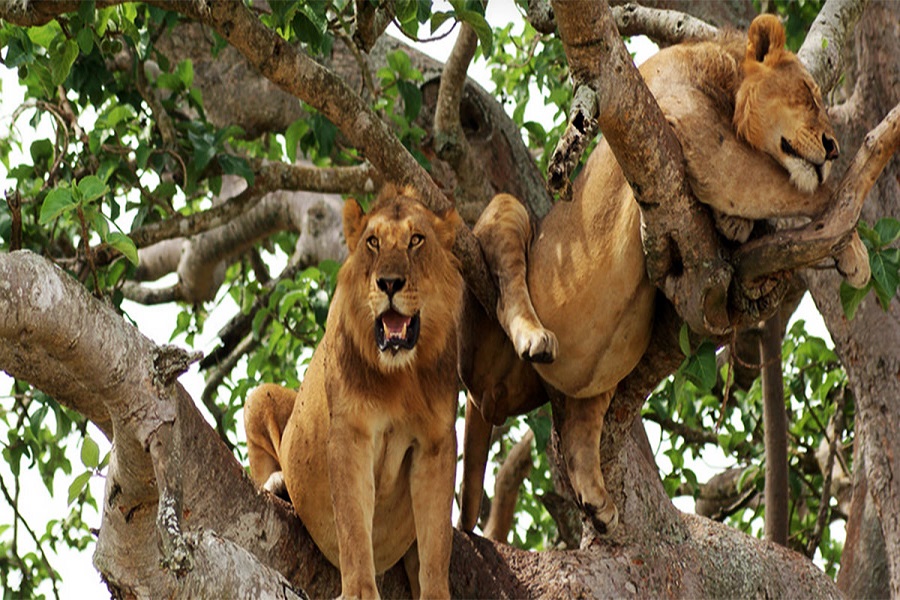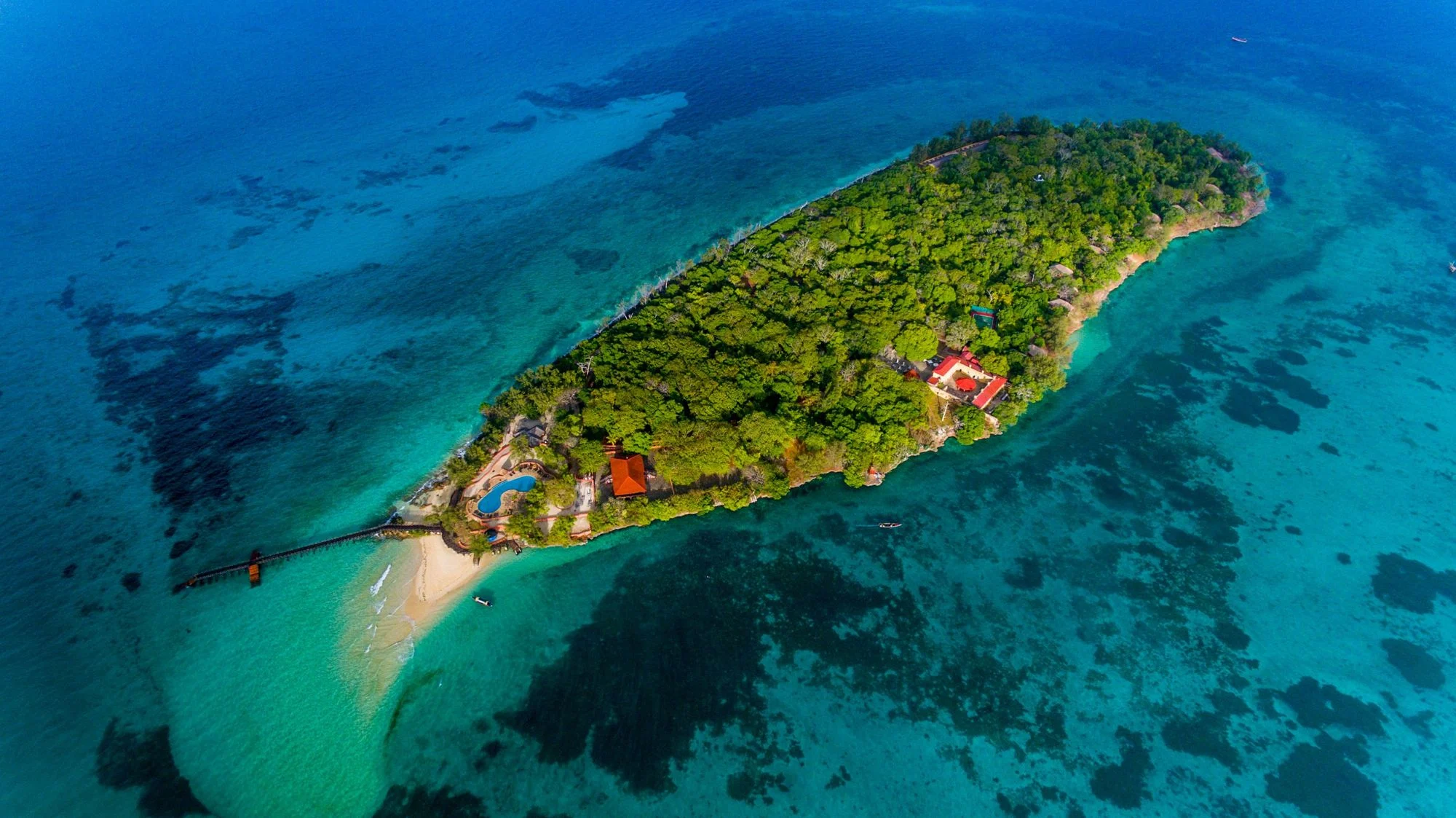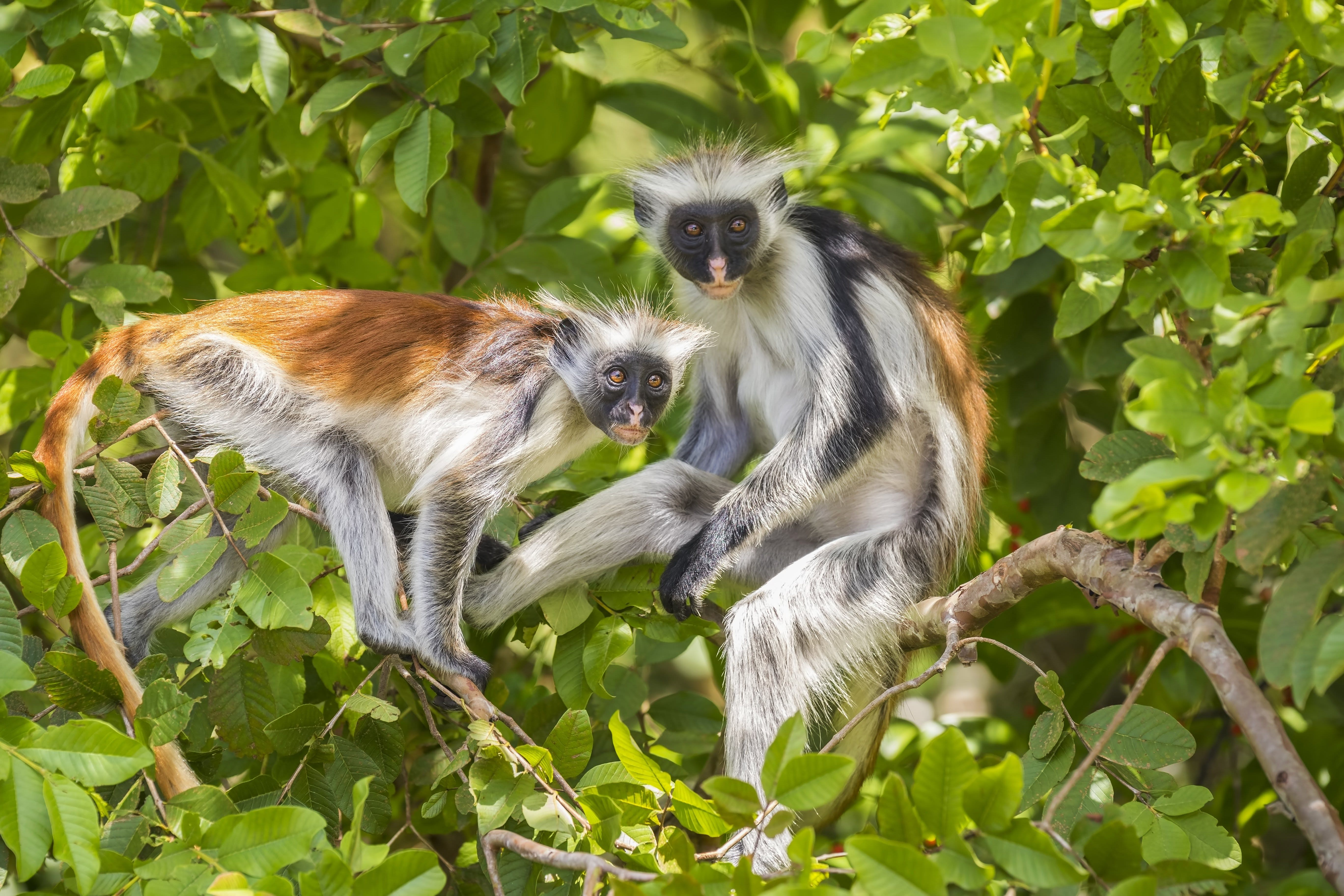
Gazette in 1991, the 966km2 Rwenzori Mountains National Park protect the upper slopes and glacial peaks of the immense 5,109m-high mountain range that runs along the Congolese border for a full 120km south of Lake Albert and North of Lake Edward. Rwenzori is Uganda’s most alluring hiking destinations. Traversed by two discrete six-nine day trail circuits, one starting at Kilembe in the south and the other at Nyakalengija about 20km further north.
These trails pass through a fascinating succession of altitudinal defined vegetation zones, ranging from montane rainforest to Afro-alpine moorland, the scenery can be breathtaking. Be warned, however, that the upper Rwenzori is widely regarded to present tougher hiking conditions than the ascents of Mt Kilimanjaro or Kenya, largely due to mud, which can be knee-deep in other places after the rain, and as such it required above-average fitness and stamina. Unlike the Kilimanjaro, normal Rwenzori hikes stick below the snowline (around 4,500m), which reduces the risk of altitude-related illness, but the glacial peaks are accessible to experienced technical climbers. At the other end of the commitment scale, those with limited time, money of stamina can choose from a number of days or short overnight hikes through the forested slopes above Kilembe or Nyakalengija, or head up to Fort Portal and follow the northern Rwenzori mini- hike between nearby Kazingo and Bundibugyo.
One of the ecologically varied regions anywhere in Africa stands in the shadow of the legendary and routinely cloud-shrouded range known as the Mountains of the Moon or Rwenzori. Here, a quintet of National Parks and wildlife reserve shields a range of habitats that embraces everything from snowcapped glacial peaks and frosty Afro-alpine moorland to marsh-fringed Rift Valley Lakes and tangled montane and lowland rainforest – not forgetting some vast tracts of archetypal African Savannah.
Related Itineraries
Newsletter
Subscribe to our newsletter to receive notifications about new updates.





































